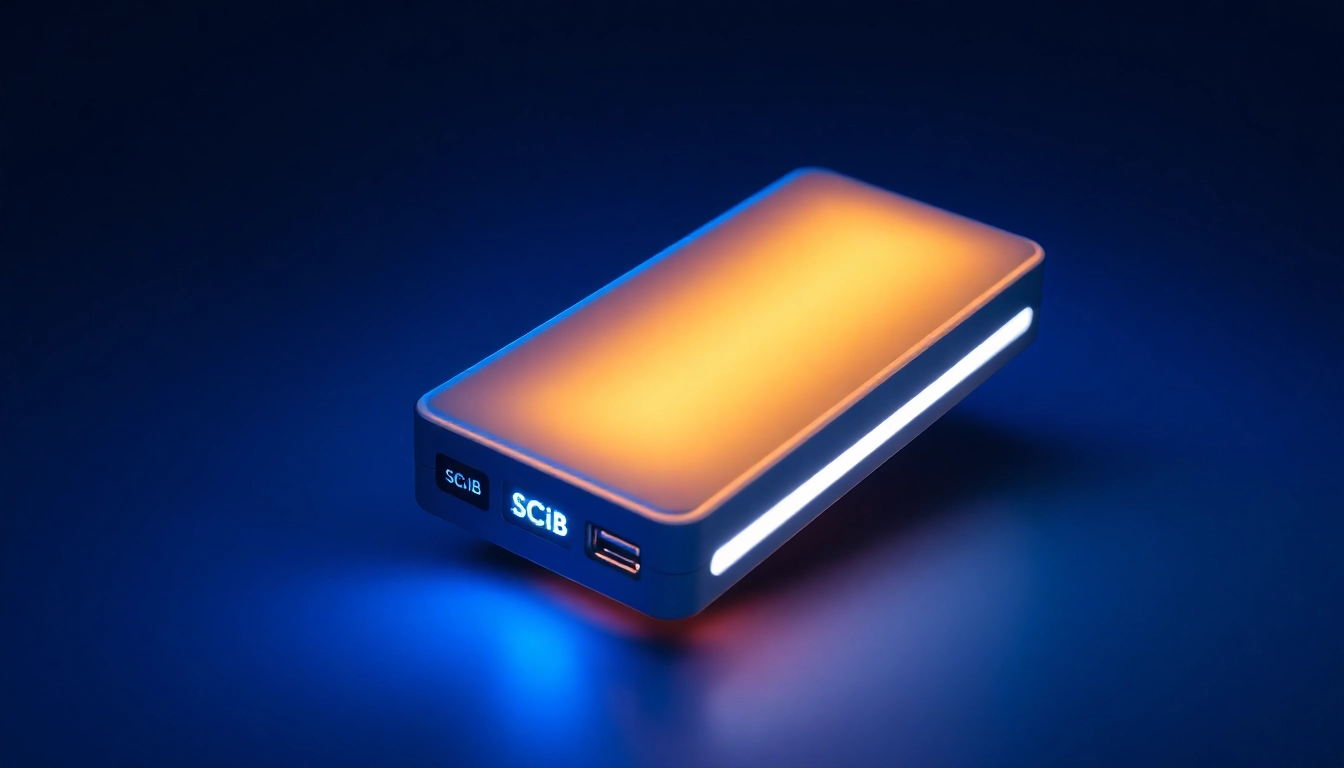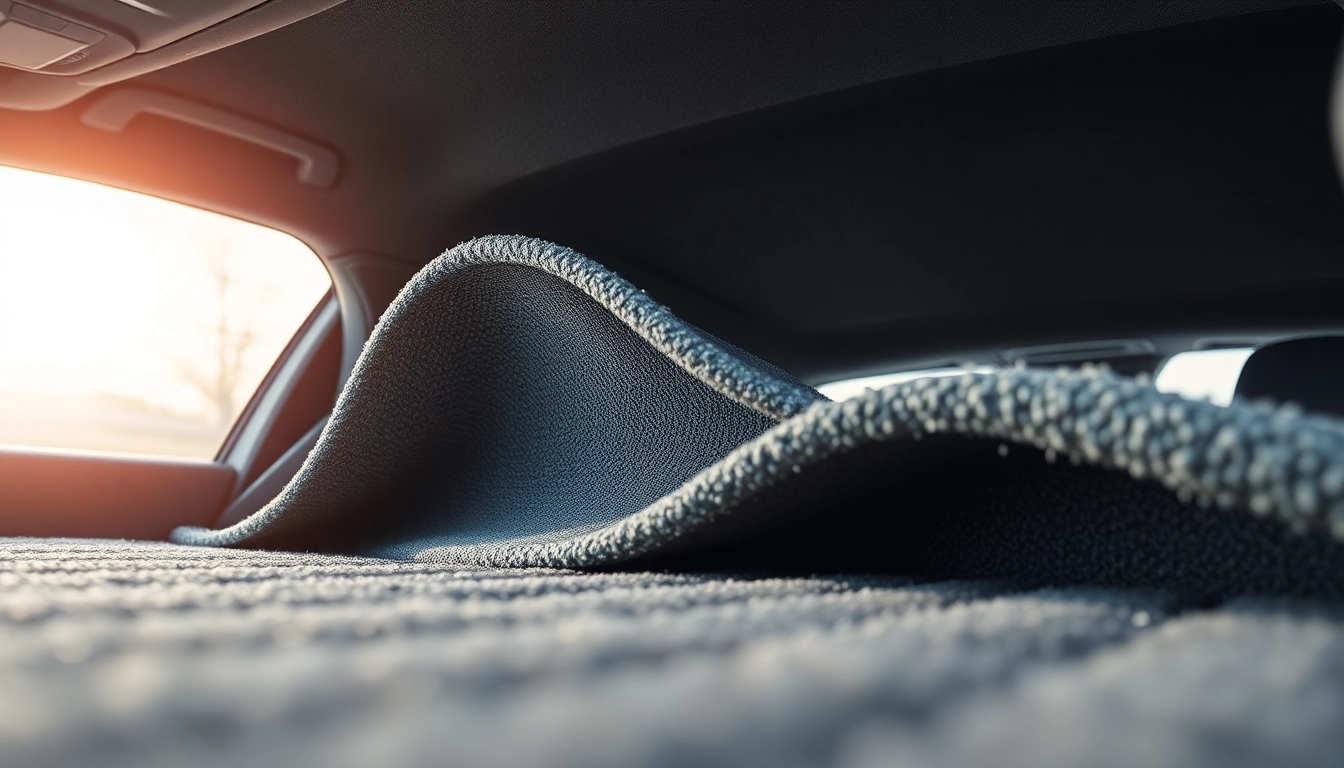Understanding SCiB Battery Technology
In recent years, lithium battery technology has transformed various industries, particularly the automotive sector with its applications in car audio systems. Among the forefront of this revolution is the SCiB (Super Charge Ion Battery) technology developed by Toshiba, which offers a unique solution for high-performance energy storage. This article delves into the intricacies of Scib battery bank, emphasizing its features, benefits, uses, and value proposition for consumers.
What is a SCiB Battery Bank?
The SCiB battery bank utilizes lithium-titanate oxide (LTO) technology, which is distinct from conventional lithium-ion batteries. These batteries deliver superior cycle life, rapid charging capabilities, and enhanced safety. A SCiB battery bank can consist of multiple SCiB modules that work collaboratively to provide ample power and energy capacity tailored for demanding applications such as car audio systems. The individual cells have remarkable longevity, often exceeding 20,000 cycles, making them a sustainable option for applications that require durability and reliability.
Benefits of SCiB Lithium Technology
SCiB technology boasts several advantages over traditional batteries:
- Fast Charging: SCiB batteries can reach full charge in mere minutes, making them ideal for applications where downtime needs to be minimal.
- Long Cycle Life: The unique chemistry allows the cells to withstand numerous charge/discharge cycles, often lasting over a decade under normal use conditions.
- Wide Temperature Range: These batteries maintain performance across a broad temperature spectrum, providing reliability in various environments.
- Enhanced Safety: Their structure and materials significantly reduce the risk of thermal runaway, ensuring safety during operation.
Key Features of SCiB Battery Systems
SCiB battery systems are designed with key features that enhance their utility and performance:
- High Discharge Rates: SCiB models like the 3AH (75C Discharge), 6AH (80C Discharge), and 20AH (35C Discharge) can deliver high power instantly, catering to audio systems that require bursts of energy.
- Modular Design: The modular nature allows for customization in capacity and configuration, making it suitable for various applications.
- Low Self-Discharge Rate: SCiB batteries hold their charge much longer when not in use, ensuring availability and responsiveness when needed.
Choosing the Right SCiB Battery for Your Needs
When selecting a SCiB battery for your requirements, understanding the different models’ characteristics and performance metrics is vital.
Comparative Overview: 3AH, 6AH, and 20AH Models
The SCiB battery range includes various models designed to meet specific power and energy demands:
- SCiB LTO Lithium Battery 3AH (75C Discharge): This compact model is perfect for smaller audio setups where weight and size are critical. Its 75C discharge rating enables quick bursts of power, ideal for dynamic audio performance.
- SCiB LTO Lithium Battery 6AH (80C Discharge): With enhanced capacity and an impressive 80C discharge, the 6AH model caters to mid-range setups that demand more sustained power without compromising space and weight considerations.
- SCiB LTO Lithium Battery 20AH (35C Discharge): Designed for larger installations, this model provides substantial energy output ideal for high-performance sound systems that require longer play times at stable power levels.
Performance Metrics of SCiB Batteries
The performance metrics for SCiB batteries extend beyond their capacity and discharge rates. Here are critical parameters to consider:
- Cycle Life: Most SCiB batteries boast a cycle life of over 20,000 cycles, significantly surpassing standard lithium-ion cells.
- Capacity Retention: They exhibit minimal capacity fade over time, retaining over 90% capacity even after thousands of cycles.
- Temperature Tolerance: Operating within a temperature range of -30°C to 50°C, they can function effectively in diverse conditions.
Applications and Use Cases
SCiB batteries find applications across various fields, particularly in car audio systems:
- Car Audio Systems: The high energy output and quick recharge capabilities make them ideal for high-performance sound systems, enhancing audio clarity and power.
- Electric Vehicles (EVs): SCiB technology plays a critical role in electric vehicle energy storage, providing rapid charging and extended lifespan.
- Renewable Energy Storage: They are increasingly used in solar and wind energy systems, storing energy for use during peak demand times.
Installation and Maintenance Tips for SCiB Battery Banks
Proper installation and maintenance of SCiB battery systems are crucial for maximizing performance and longevity. Below are essential tips to ensure efficiency.
Step-by-Step Installation Guide
Follow these installation steps to set up your SCiB battery bank effectively:
- Select the Location: Ensure the selected location is well-ventilated and away from direct sunlight or heat sources.
- Mount the Battery Bank: Securely mount the batteries in their designated area; ensure that they’re stable and won’t shift during use.
- Connect the Batteries: Follow the manufacturer’s instructions to connect multiple batteries in series or parallel as required.
- Install Battery Management System (BMS): Integrate a BMS to monitor the battery’s health, performance, and charge cycles accurately.
- Test the System: Before full implementation, conduct test runs to ensure perfect operation.
Regular Maintenance Practices
To keep the SCiB battery bank in optimal condition, implement the following maintenance practices:
- Periodic Inspections: Check connections and terminals for corrosion or wear.
- Battery Health Monitoring: Use the BMS to monitor voltage levels and overall battery health regularly.
- Cleanliness: Ensure that the battery bank is clean and free of debris that may affect performance.
Troubleshooting Common Issues
Even with rigorous maintenance, issues may arise. Here are common problems and their solutions:
- Inadequate Charging: Ensure that the charger is compatible and functioning. Inspect connections for any loose wiring.
- Reduced Capacity: If the battery is underperforming, verify that it hasn’t exceeded its cycle life or check for damages.
- High Heat Generation: Excessive heat may indicate an issue with the BMS or excessive load; check the setup for compatibility with the audio system’s demands.
SCiB Battery Bank: Cost and Value Analysis
Understanding the cost structure and assessing the value of SCiB battery banks plays an essential role in making informed purchasing decisions.
Understanding Pricing Structures
SCiB battery prices can significantly vary based on capacity, discharge rates, and additional features:
- Investment in Quality: While SCiB batteries might have a higher upfront cost compared to standard batteries, their longevity, safety, and performance levels provide a significant return on investment.
- Long-Term Savings: The long cycle life and minimal maintenance requirements contribute to lower operational costs over time.
- Financing Options: Consider financing options that can make acquiring a SCiB battery system more affordable through manageable payments.
How to Assess Battery Bank Value
When evaluating the value of SCiB battery banks, consider the following criteria:
- Performance Reliability: Assess how well the battery meets specific energy needs over its life span.
- Safety Record: Investigate the battery’s safety features and customer feedback regarding its performance in real applications.
- Warranty and Support: A robust warranty and customer support can enhance value by offering peace of mind for buyers.
Financing Options for Your SCiB Purchase
Investing in a SCiB battery bank is a significant commitment, and various financing options can ease this:
- Payment Plans: Many retailers offer financing plans allowing for split payments over time, making high-quality batteries more accessible.
- Leasing Options: For some commercial applications, leasing a battery can provide flexibility without committing to a full purchase.
Future of SCiB Technology in Car Audio Systems
The future of SCiB technology looks promising, especially concerning its integration into car audio systems:
Innovations on the Horizon
As technology progresses, we anticipate several innovations, including:
- Improved Energy Density: Future SCiB models may offer enhanced energy density, allowing for lighter and more compact designs.
- Advanced Battery Management Systems: Smart technology that automates monitoring and maintenance could simplify usage.
The Role of Consumer Feedback in Development
Consumer feedback is crucial in guiding the evolution of SCiB technologies:
- Tailored Solutions: Feedback helps manufacturers tailor battery specifications to better meet real-world needs and preferences.
- Engagement in Development: Engaging customers in product development ensures that innovations reflect actual user requirements.
How SCiB Batteries Fit into Sustainable Energy Trends
As the world pivots towards sustainability, SCiB batteries align well with these trends:
- Renewable Energy Integration: Their application in renewable energy systems bolsters energy storage solutions.
- Circular Economy: Longevity and recyclability contribute to a more sustainable lifecycle, supporting a circular economy model.
In conclusion, SCiB LTO lithium batteries represent a significant advancement in battery technology, particularly beneficial for demanding applications like car audio systems. Their unique features, combined with reliable performance metrics, make them a noteworthy investment for enthusiasts and professionals alike. As technological advancements continue, the evolution of SCiB batteries promises to shape the future of energy storage and sustainability.



